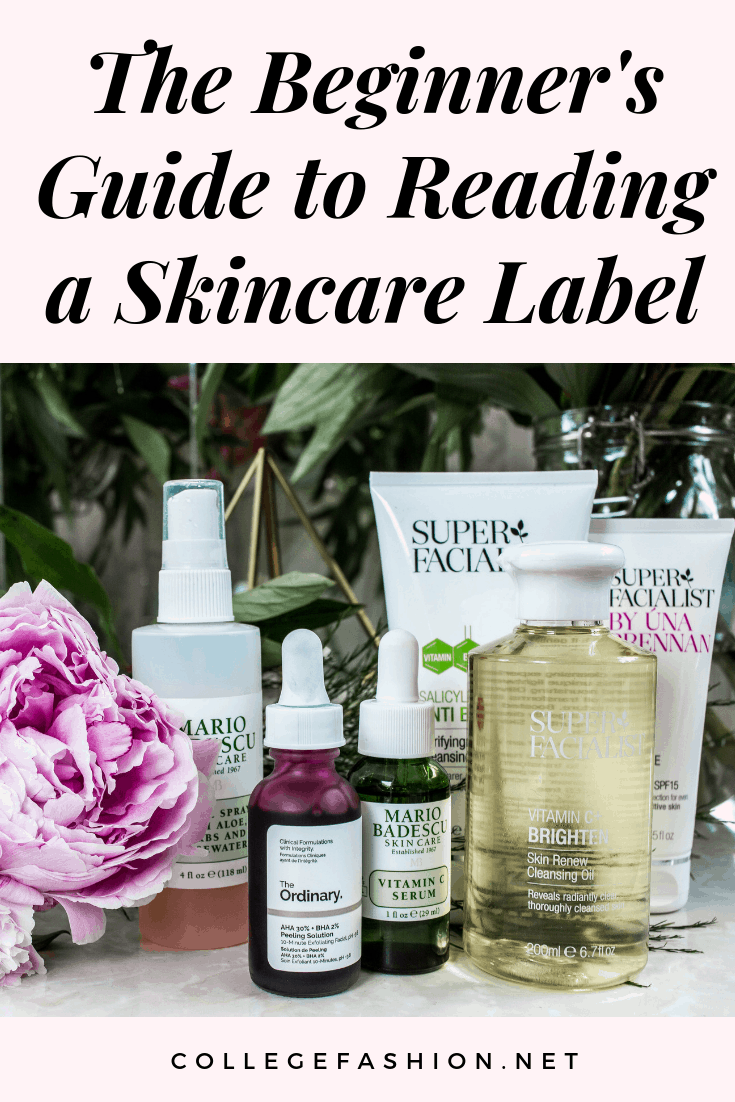
Like a lot of college girls, I used to struggle with my skin. I didn’t have a good regimen of products, and whenever I tried to build one, I would grab things that looked interesting or that I knew my friends used, and would try them out without even thinking about whether or not they’d be right for me. Understandably, I had very mixed results — sometimes clear, but often irritated, flaky, or breaking out.
One of the hardest things about skincare is that it is so individual; something that might work great for me might be terrible on somebody else. However, the best way to start figuring out what works for you is to understand what types of products you should look for.
This week, I’ll be wading through the ingredients most commonly found in your favorite moisturizers, spot treatments, and cleansers, and I’ll be explaining what you should shop for, based on your skin’s needs. Skincare is complicated and takes practice, so if you’re looking to build a whole routine from scratch, you might need to look at several different sections, and have multiple products that you combine to achieve your ideal skin.
Table of Contents
If You Want More Hydrated Skin
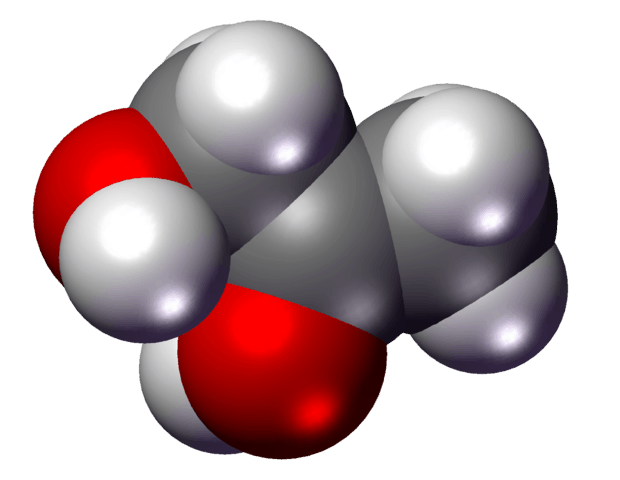
If your skin is flaky, red, irritated, or just plain dry, you might need a routine that focuses on hydration. There are two important types of products you should seek out:
Humectants are products that attract water to the top layers of your skin, which can also plump up the top layers of skin. There are a few main humectants that can be found in skincare, but hyaluronic acid is considered to be the most effective. Glycerin is also a common humectant ingredient, but is more effective in makeup (for getting a dewy complexion) than in skincare (for actually improving hydration levels in your skin).
Occlusives are products that prevent water loss from the skin. This will help to make sure your skin doesn’t lose moisture as you go through your day – which is essential if you live in an area that is dry, cold, or windy, as it will act like a protective layer for your skin. There are a huge variety of moisturizers available on the market, but the most effective ones include squalane, cocoa and shea butter, and propylene glycol. Silicones (such as dimethicone, methicone, and cyclomethicone) are also effective as occlusives, but can clog pores and cause acne.
If You Want Clearer Skin
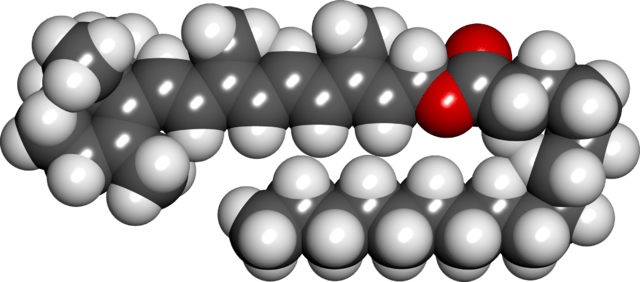
If you have issues with acne, it’s helpful to build a routine that minimizes the amount of dead skin cells and bacteria that can get trapped in your pores.
To slough off dead skin cells that are already present on your skin, you need an exfoliant. These will gently remove dead skin cells, revealing the newer, healthy cells underneath. For acne, the best exfoliants to look for are beta hydroxy acids, which remove dirt and debris from pores, plus they help clear out blackheads. Salicylic acid is by far the most common beta hydroxy acid available for skincare.
To kill bacteria that contribute to whiteheads and pimples, you need an antibacterial. While these ingredients can be irritating for the skin (generally requiring that they be paired with a good moisturizer and a good sunscreen) and might bleach fabric that they come into contact with, they are very effective at both clearing up active breakouts and preventing future ones. The most common antibacterial in skincare is benzoyl peroxide.
To increase the rate at which your skin cells renew themselves, which decreases the amount of dead skin cells present on the top layers of your skin, you need a retinoid. These, like antibacterials, can be very irritating and drying – and should never be paired with either benzoyl peroxide or an exfoliating product – but can cause dramatic improvements in both the appearance and the health of your skin. Weaker retinoids include retinyl palmitate, and retinaldehyde (or retinal). Retinols may be found in skincare products, but are more commonly found in medical spas; and the strongest retinoids (including tretinoin and isotretinoin) are usually prescribed by a doctor.
If You Want Sun Protection
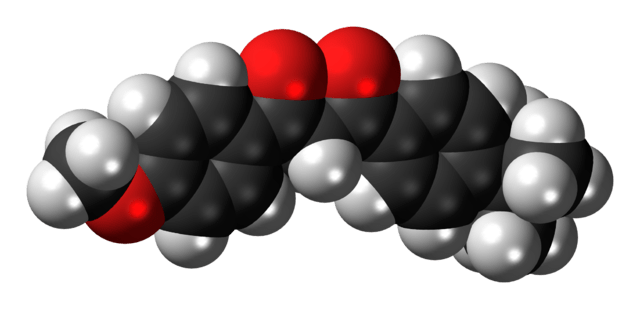
Preventing sun damage is an important part of any skincare routine. There are two main types of sunscreen:
Chemical sunscreens absorb UV radiation before it can get to your skin. This means that they are easier to apply and require less product to serve as an effective barrier, which makes them feel more lightweight on the skin. However, they can be irritating or clog pores — and they tend to become more irritating as the SPF increases. Chemical sunscreens generally have oxybenzone, avobenzone, or octinoxate as active ingredients.
Physical sunscreens reflect UV radiation away from your skin. This means they don’t become less effective if the sun is brighter, and will minimize redness caused by heat (such as rosacea). However, they are more susceptible to rubbing off or being washed off by water or sweat, and can be chalky or give a whitish cast to the skin. Physical sunscreens generally have titanium dioxide or zinc oxide as ingredients.
If You Want to Brighten
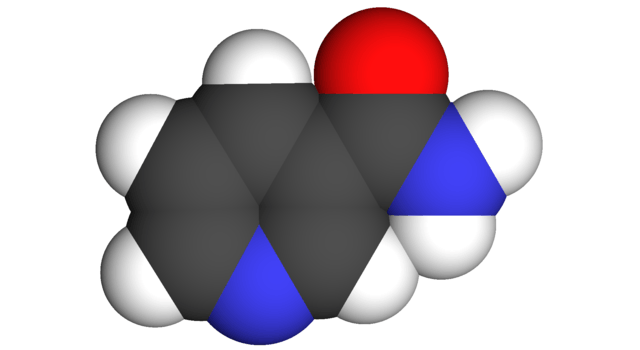
If your skin looks dull or uneven, brightening ingredients might be an important part of your skincare routine.
Brightening is usually accomplished with antioxidants. In addition to preventing damage from pollution, repairing sun damage, and improving healing in your skin, antioxidants can also improve your skin tone. Adding an antioxidant to your routine will make your skin not only look way better, but be healthier too! For this, vitamin C is the best choice – which may be in the forms of ascorbic acid, ascorbyl palmitate, or tetrahexyldecyl ascorbate.
Another ingredient that can brighten your skin is niacinamide. In addition to evening out skin tone and fighting dullness, this can also improve the appearance of enlarged pores, and may also minimize skin damage from pollution.
If You Want to Fade Dark Marks or Scars
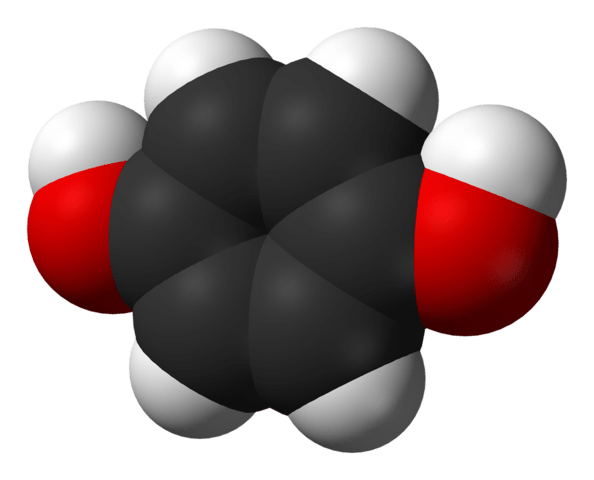
If you have hyperpigmentation or scars on your face that you want to fade, never fear! There are several ingredients that will can make a big difference in your routine.
Just like with acne, fading marks on the face is aided greatly by exfoliants. However, rather than clearing out dead skin cells from within the pores, scars are faded better by exfoliating off dead skin cells from all over the surface of the skin. For this, there is a different type of exfoliant – known as an alpha hydroxy acid, which allows your body to more easily shed dead skin cells. There are several types of alpha hydroxy acids that you can use: glycolic acid is the most effective, but can be too harsh for sensitive skin; while citric acid and lactic acid are more gentle.
For really fading dark spots and uneven skin tone, there is one ingredient that is the most effective: hydroquinone. This chemical prevents the skin from creating higher levels of melanin, which is the cause of hyperpigmentation. Because of this, it is most effective when used with a sunscreen.
What do you think?
What are your favorite skincare products? What do you do to build your skincare routine? Let us know in the comments below!

Hydroquinones are especially recommended for skin of color! Darker skin is more prone to post-inflammatory hyperpigmentation, and hydroquinones are the most highly used to fade the darker marks